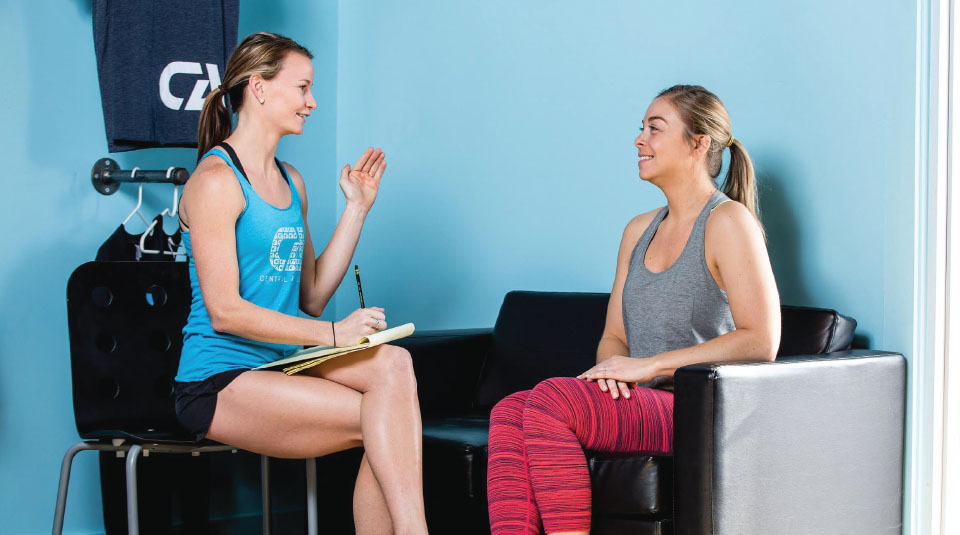What You Don’t Know About Fitness

It stands to reason that if you invest your time and money in taking on a new challenge—say, learning Spanish—you would expect that if you attended your classes consistently three times a week for a year, you would be able to speak more Spanish than when you started, correct? But this metaphor doesn’t work with fitness. Even if you train three times per week for an hour over the course of a year, you would initially improve but inevitably hit a frustrating plateau.
What I see through my lens as a fitness professional are people who are investing considerable time and money on gym memberships and fitness services, yet not seeing the results they expect.
Here’s the dilemma. When you first begin a fitness program, seeing progress comes easily and fairly quickly. In the first weeks, you can train the same routine of bicep curls, jumping jacks, and rowing and notice an improvement in body composition, increased upper body strength, and conditioning. But, what do you do when you are no longer seeing results?
This is a common scenario in the current fitness scene—an industry dominated by a new breed of micro-gyms offering group classes and boot camps, as well as traditional globo gyms like Gold’s, 24-Hour Fitness and Lifetime. In between these two extremes, we have seen the popularization of exercise videos and non-functional exercise machines, in addition to infomercials propagating trends like Tae-Bo, The Gazelle and The Ab Belt.
What I’m advocating is a shift. On-site training: a new model of fitness that speaks to aligning what you are doing in the gym with the results you expect. This is a client-centered approach that is built from the ground up—working with clients from different walks of life, with varying goals, starting points, and schedules for a quarter of the price of personal training. Here’s how it will help you achieve your fitness and health goals:
Step 1: Fitness Analysis
Determine the objectives of the training program and current level of fitness, nutrition and lifestyle.
Step 2: Coaching Consultation
Review long-term priorities and short-term milestones to reach goals.
Step 3: Training
Train at our onsite training facility, located in downtown Austin, or train remotely with your individual regimen scripted and delivered on a daily basis.
Training is where the magic happens. If you come to our on-site training facility, we will have a coach present during peak training hours to help you perform in a safe, personalized, and effective manner. Downtown doesn’t work for you? Your training will be communicated on a daily basis, and will be adapted to available equipment and time limitations wherever you are: home gym, hotel fitness facility, local gym, etc. Your coach will keep you consistent—even with an unpredictable schedule.
It all boils down to the poignant words of Michael Keeler:
“I don’t care about elite performance, but I do care tremendously about living long enough to know my grandchildren. I care deeply about having a solid quality of life and aging gracefully. I want my later years of life to be filled with beautiful memories of close friends and family, and not full of doctor’s visits, endless bottles of pills, and long hospital stays. I want to take long walks on the beach when I’m 80, holding hands with my spouse without being afraid of falling down. I want a tribe who cares about that.”
If you take fitness seriously and are looking for more value in your journey, please visit www.centralathlete.com/afm to find out more about our free fitness analysis and a new model of fitness.






